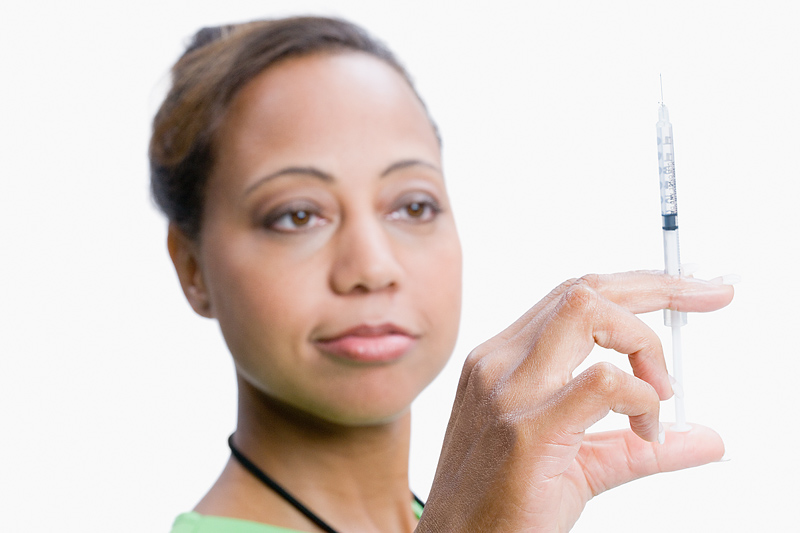
TUESDAY, Jan. 26 (HealthDay News) — Very tight blood sugar control may raise the risk of premature death in people with type 2 diabetes, with the risk even higher among patients taking insulin, a new study reveals.
The study authors, from Cardiff University School of Medicine in Wales, suggest revising diabetes guidelines to include a low threshold for blood sugar levels in addition to the well-known upper thresholds.
But other experts familiar with the study said the issue is still up for debate and that diabetics should by no means abandon their efforts to lower blood sugar whether it be through medication, insulin or lifestyle changes, but should avoid efforts to go too low if possible.
“The first thing you want to avoid almost no matter what is low blood sugar. If you’re driving and you have hypoglycemia, you can get in a car wreck,” said Dr. Daniel Bessesen, professor of medicine at the University of Colorado Denver and chief of endocrinology at Denver Health Medical Center. “[But] this doesn’t completely change the ballgame.” And few people actually achieve the really low levels that seemed to cause problems in this study, he added.
It has been widely believed for years that keeping blood glucose levels as close to normal as possible will minimize both microvascular complications (affecting the eyes, kidneys and limbs) and macrovascular complications, such as heart attack and stroke.
And the mantra for blood sugar for all this time was “go lower.”
But the new findings, published online Jan. 27 in The Lancet and funded by Eli Lilly and Co., are not the first to suggest a downside to lower glucose levels.
Two earlier studies found that, when taken too far, efforts to lower glucose levels might not help and could even kill people with type 2 diabetes.
The Cardiff researchers looked back at almost 28,000 people with type 2 diabetes who were taking a combination of metformin (known as Glucophage and other brand names) and a class of drugs known as sulphonylureas.
Another 20,000 individuals were taking insulin.
Risk of death for individuals with the lowest blood sugar levels (median HbA1c of 6.4 percent) was 52 percent higher than those with a 7.5 percent HbA1c. Meanwhile, those with the highest blood sugar levels over time had a risk of death 79 percent higher than the control group, which had the lowest mortality rate.
Actual causes of death were not outlined and the study was only a retrospective one, two factors giving the study less weight than a randomized controlled trial.
The heightened danger among those taking insulin might be explained by the fact that these patients generally are sicker, said Dr. Mary Ann Banerji, professor of medicine and director of the diabetes treatment center at the State University of New York Downstate Medical Center in New York City.
They also tend to be older, Bessesen said.
And it may not be an issue of how low you go as much as how you get there, said Dr. James Underberg, clinical assistant professor of medicine at New York University Medical School.
Different diabetes drugs act in different ways and have different effects on low blood sugar, he said.
Ultimately, Underberg said, “it goes back to what doctors are doing every day, fitting the guidelines to the individual.”
And individuals should probably be aiming for blood sugar levels in the range of 7, Banerji said. And that is pretty tough for most people to do, she added.
Dr. Richard Bergenstal, president of medicine and science for the American Diabetes Association (ADA), said: “We need to individualize the A1c target. I don’t think the message should be now everybody should be at 7.5 because that was at their sweet spot. The ADA has it pretty close to 7 — if we can do that safely. So if you can’t get to 7 and need to be at 7.5 because of hypoglycemia, then that’s what you should do.”
More information
The American Diabetes Association has more on type 2 diabetes.

